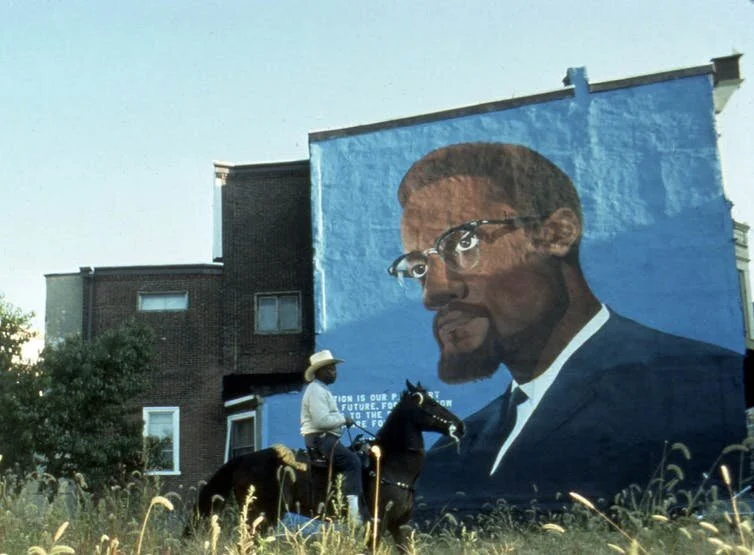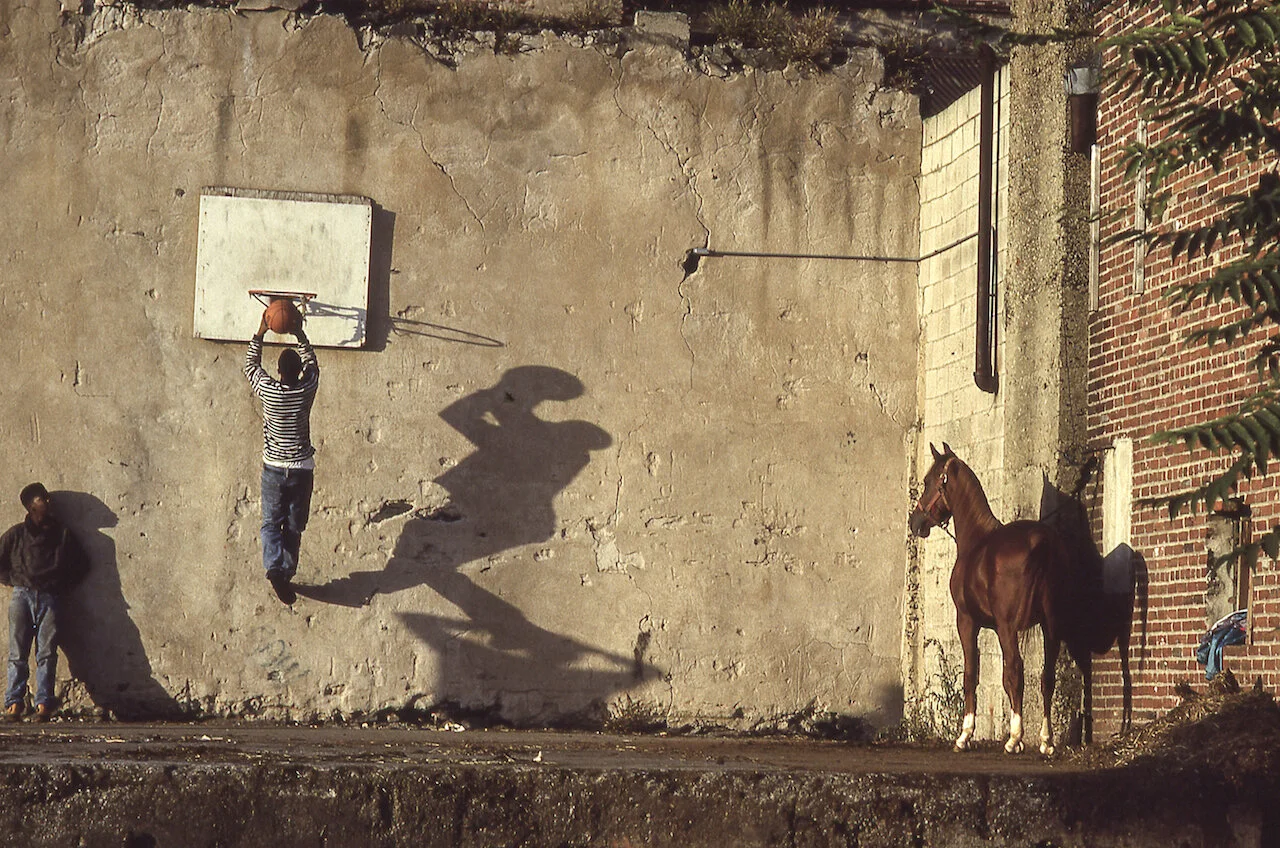Black Cowboys From Inner-City Philly to Small Town Texas Continue to Ride
/Republish via AOC at FeedBurner CC 3.0 License Attribution Required: Daily Fashion Design Culture News
Black Cowboys From Inner-City Philly to Small Town Texas Continue to Ride AOC Blackness
Nick Lehr, Arts + Culture Editor interviews Ron Tarver, Associate Professor of Art, Swarthmore College. First published on The Conversation.
In an interview, which has been edited for length and clarity, Ron Tarver, who is now a professor at Swarthmore College, explains how his photographs of Philadelphia’s urban riding clubs ended up becoming a broader project on the Black cowboy experience in America.
How did these riding clubs operate?
Well, there are a lot of groups. The Fletcher Street Urban Riding Club has sort of become the one that everybody knows, because it’s the one that was featured in [G. Neri’s young adult novel] “Ghetto Cowboy,” and now the movie.
But the one that I spent most my time with was this big one in Brewerytown, the Western Wranglers. They occupied an abandoned building called the White House that had been turned into the stables. It was big, with something like 15 or 20 bays of horses, and it was an operation. They would hold these impromptu parades through the city. Eventually the White House got turned into condos.
A guy called Bumpsey – George Bullock was his real name – owned the White House with his sister. He seemed to sort of organize everything. He was so fit, and he looked like a cowboy, with the big bar mustache. Just an incredibly attractive guy.
I got a call from him last fall, completely out of the blue. I hadn’t talked to him in around 25 years. About a month later, he died of COVID.
Do you know the origins of the clubs?
A lot of [original club members] had grown up in the South and came up to Philadelphia, where there was already an infrastructure [for horses] in place.
Philadelphia used to have a lot of stables because there were food carts, and people would put the fruit and vegetables on the horse-drawn carts and then go through the street to sell their wares. That sort of tradition died out, but the stables were still there.
For those who joined the clubs, it was their life. Older members passed knowledge down to younger ones. I guess you could equate it to skateboarding. I mean, you look at skateboarding – there are older people that skateboard, there are young people that skateboard. It’s a lifestyle and a community, and it’s what they did, day in and day out.

